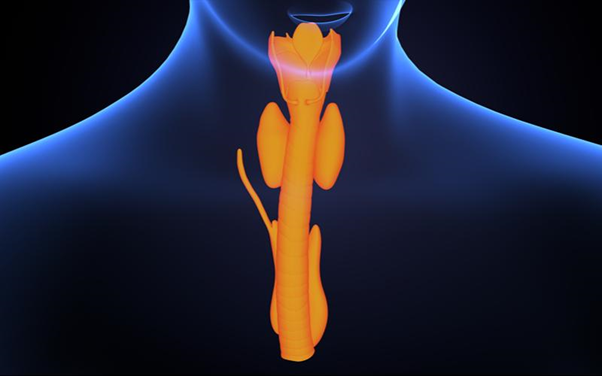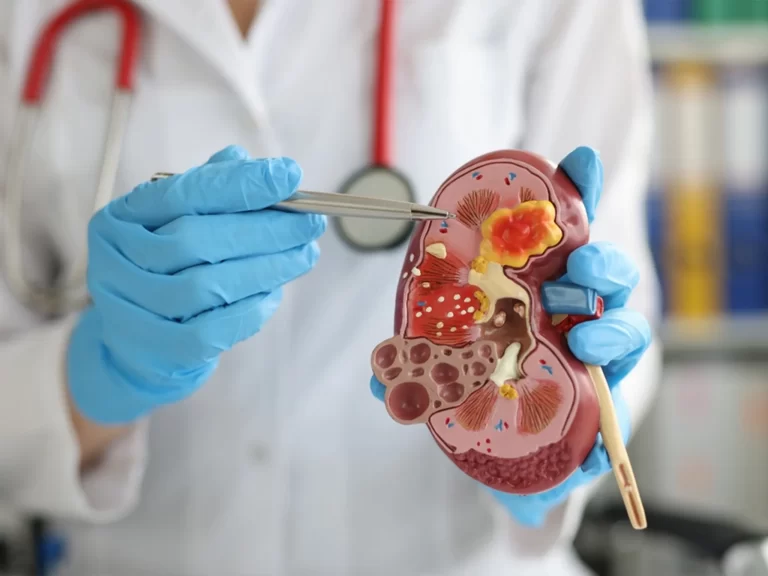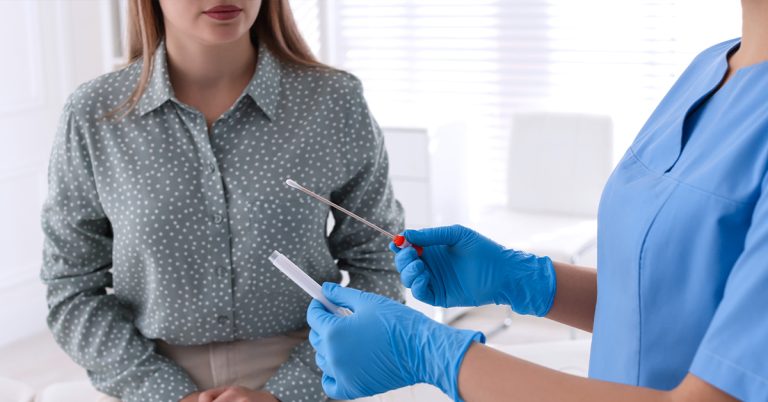Ageing is an inevitable process, yet advances in skincare science have provided effective solutions to maintain a youthful appearance. Anti-ageing serums have become a cornerstone of modern skincare, formulated with concentrated ingredients designed to address fine lines, wrinkles, and skin hydration. Unlike traditional creams, serums penetrate deeply, targeting skin concerns at a cellular level. Their lightweight nature allows for fast absorption, making them a vital component in an effective skincare routine. This article delves into the science behind these serums, explaining their role in preserving youthful skin and how they complement products such as skin hydrating cream for optimal results.
How Anti-Ageing Serums Work
Anti-ageing serums target the underlying causes of premature ageing, such as collagen degradation, oxidative stress, and dehydration. Their effectiveness lies in their molecular structure, which allows active ingredients to reach the skin’s deeper layers. Unlike thicker creams that primarily provide surface hydration, serums use smaller molecules that deliver potent ingredients directly to the skin’s support system.
Key ingredients include peptides, hyaluronic acid, and antioxidants. Peptides are essential for collagen synthesis, helping to restore the skin’s firmness and elasticity. Hyaluronic acid, a naturally occurring substance in the skin, plays a crucial role in retaining moisture. When included in an anti-ageing serum, it significantly improves hydration levels, reducing the appearance of fine lines. Antioxidants, such as vitamins C and E, protect the skin from free radicals, which contribute to ageing by causing cellular damage.
One of the primary benefits of serums is their ability to work alongside a skin-hydrating cream. While the serum delivers active ingredients, a hydrating cream locks in moisture, ensuring long-lasting effects. This synergy prevents dehydration, one of the leading contributors to premature ageing. By incorporating a well-formulated serum into a daily routine, the skin remains nourished, firm, and resistant to environmental stressors.
The Role of Hydration in Anti-Ageing
Hydration is fundamental to maintaining a youthful complexion. Dehydrated skin appears dull, emphasising wrinkles and fine lines. As the skin ages, its ability to retain moisture diminishes, making hydration-focused products essential. Anti-ageing serums often include humectants such as glycerin and hyaluronic acid, which draw moisture from the environment into the skin’s layers.
Using a skin hydrating cream with an anti-ageing serum maximises hydration retention. While the serum introduces moisture-binding ingredients, the cream forms a protective barrier, preventing water loss. This approach is particularly beneficial for mature skin, which requires enhanced hydration to maintain suppleness.
Another factor affecting skin hydration is the natural lipid barrier. Over time, environmental factors such as UV exposure, pollution, and harsh skincare products weaken this barrier. Strengthening it through a combination of serums and hydrating creams ensures the skin remains plump and resilient. Proper hydration also supports cell regeneration, enhancing the overall effectiveness of anti-ageing ingredients.
Key Ingredients to Look For in Anti-Ageing Serums
Selecting an effective anti-ageing serum requires an understanding of its ingredients. Several scientifically backed components address the core mechanisms of ageing to contribute to youthful-looking skin.
- Retinol – A derivative of vitamin A, retinol accelerates cell turnover, improving skin texture and reducing fine lines. Regular use encourages collagen production, which strengthens the skin’s structure.
- Hyaluronic Acid – As one of the most effective moisture-binding molecules, hyaluronic acid enhances hydration and plumps the skin. It reduces the appearance of wrinkles by maintaining optimal moisture levels.
- Peptides – These amino acid chains support collagen production, which declines with age. Peptides improve elasticity, helping to restore a firmer appearance.
- Antioxidants – Free radicals accelerate ageing by breaking down collagen and causing oxidative stress. Antioxidants such as vitamin C neutralise these effects, brightening the skin and enhancing its protective barrier.
- Niacinamide – Also known as vitamin B3, niacinamide strengthens the skin barrier, reduces inflammation, and improves uneven skin tone.
- Each ingredient plays a distinct role in maintaining youthful skin. When combined with a well-formulated skin hydrating cream, these ingredients create an environment that supports long-term skin health.
How to Incorporate Anti-Ageing Serums into a Skincare Routine
To achieve the best results, it is essential to apply an anti-ageing serum correctly. Skincare products should be layered in a specific order to ensure optimal absorption. After cleansing, serums should be applied to damp skin, allowing ingredients such as hyaluronic acid to draw in moisture effectively.
Following serum application, a skin hydrating cream should lock in hydration and strengthen the skin barrier. This routine ensures that active ingredients work efficiently while preventing moisture loss. Applying sunscreen during the day is equally important, as UV exposure accelerates skin ageing and counteracts the benefits of anti-ageing treatments.
For long-term improvements, consistency is key. Regular use of an anti-ageing serum and hydration-focused products will gradually enhance the skin’s texture, firmness, and overall appearance.
Anti-ageing serums are backed by scientific advancements that address the root causes of skin ageing. Their ability to deliver potent ingredients deep into the skin makes them highly effective in reducing fine lines, enhancing hydration, and improving overall skin health. When used alongside a skin hydrating cream, these serums provide a comprehensive approach to maintaining a youthful complexion. By incorporating the right products into a daily skincare routine, it is possible to support long-term skin vitality and resilience.
Discover how the right anti-ageing serum can transform your skincare routine. Contact BareSkin Elements today to find the ideal solution for a youthful, hydrated complexion.











